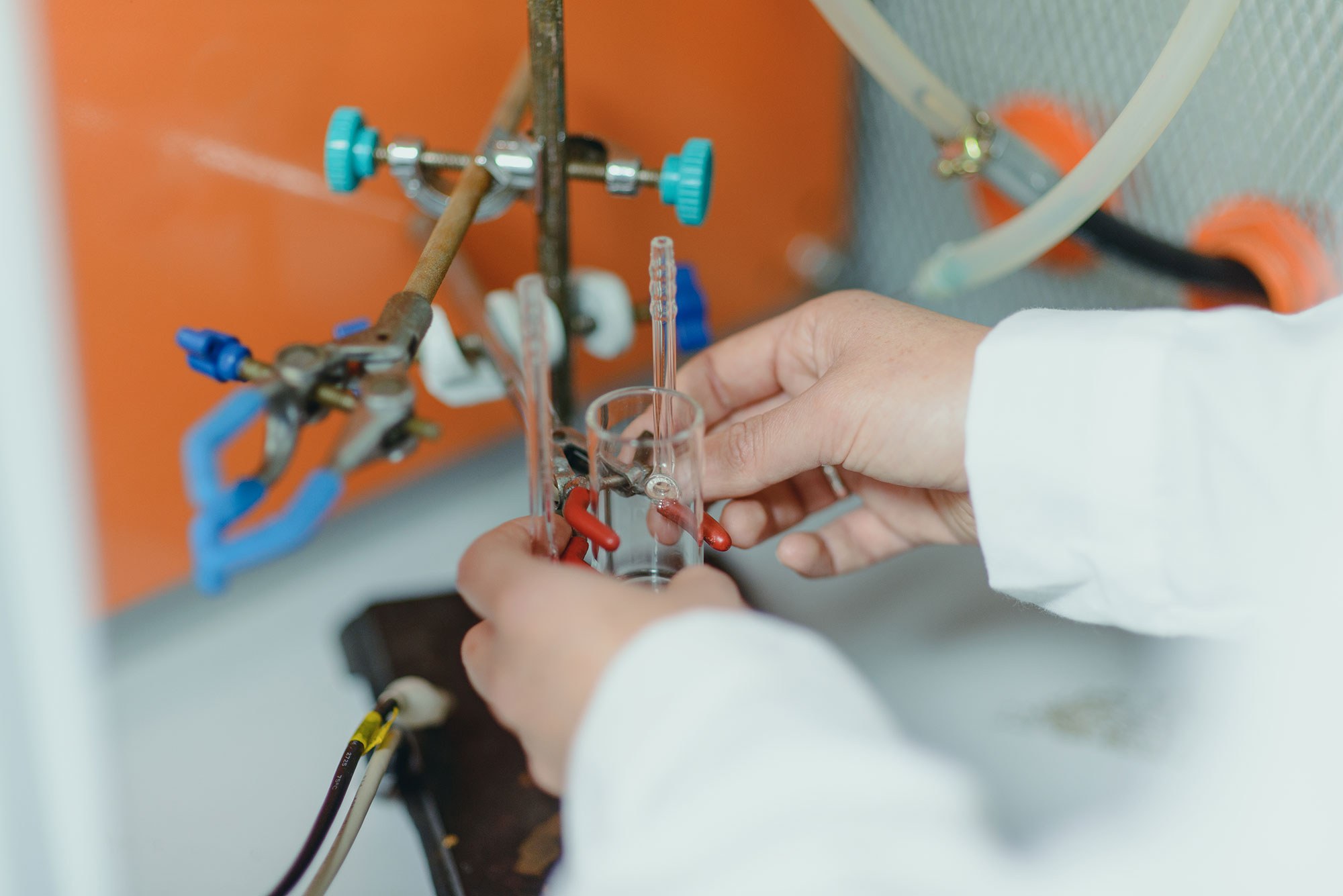Avila-Salas, F., Marican, A., Villaseñor, J., Arenas-Salinas, M., Argandoña, Y., Caballero, J., & Durán-Lara, E. F. (2018). In-Silico Design, Synthesis and Evaluation of a Nanostructured Hydrogel as a Dimethoate Removal Agent. Nanomaterials, 8(1), 23. https://doi.org/10.3390/nano8010023
Abstract: This study describes the in-silico design, synthesis, and evaluation of a cross-linked PVA hydrogel (CLPH) for the absorption of organophosphorus pesticide dimethoate from aqueous solutions. The crosslinking effectiveness of 14 dicarboxilic acids was evaluated through in-silico studies using semiempirical quantum mechanical calculations. According to the theoretical studies, the nanopore of PVA cross-linked with malic acid (CLPH-MA) showed the best interaction energy with dimethoate. Later, using all-atom molecular dynamics simulations, three hydrogels with different proportions of PVA:MA (10:2, 10:4, and 10:6) were used to evaluate their interactions with dimethoate. These results showed that the suitable crosslinking degree for improving the affinity for the pesticide was with 20% (W%) of the cross-linker. In the experimental absorption study, the synthesized CLPH-MA20 recovered 100% of dimethoate from aqueous solutions. Therefore, the theoretical data were correlated with the experimental studies. Surface morphology of CLPH-MA20 by Scanning Electron Microscopy (SEM) was analyzed. In conclusion, the ability of CLPH-MA20 to remove dimethoate could be used as a technological alternative for the treatment of contaminated water.
Fabián Ávila
fabian.avila@umayor.cl


